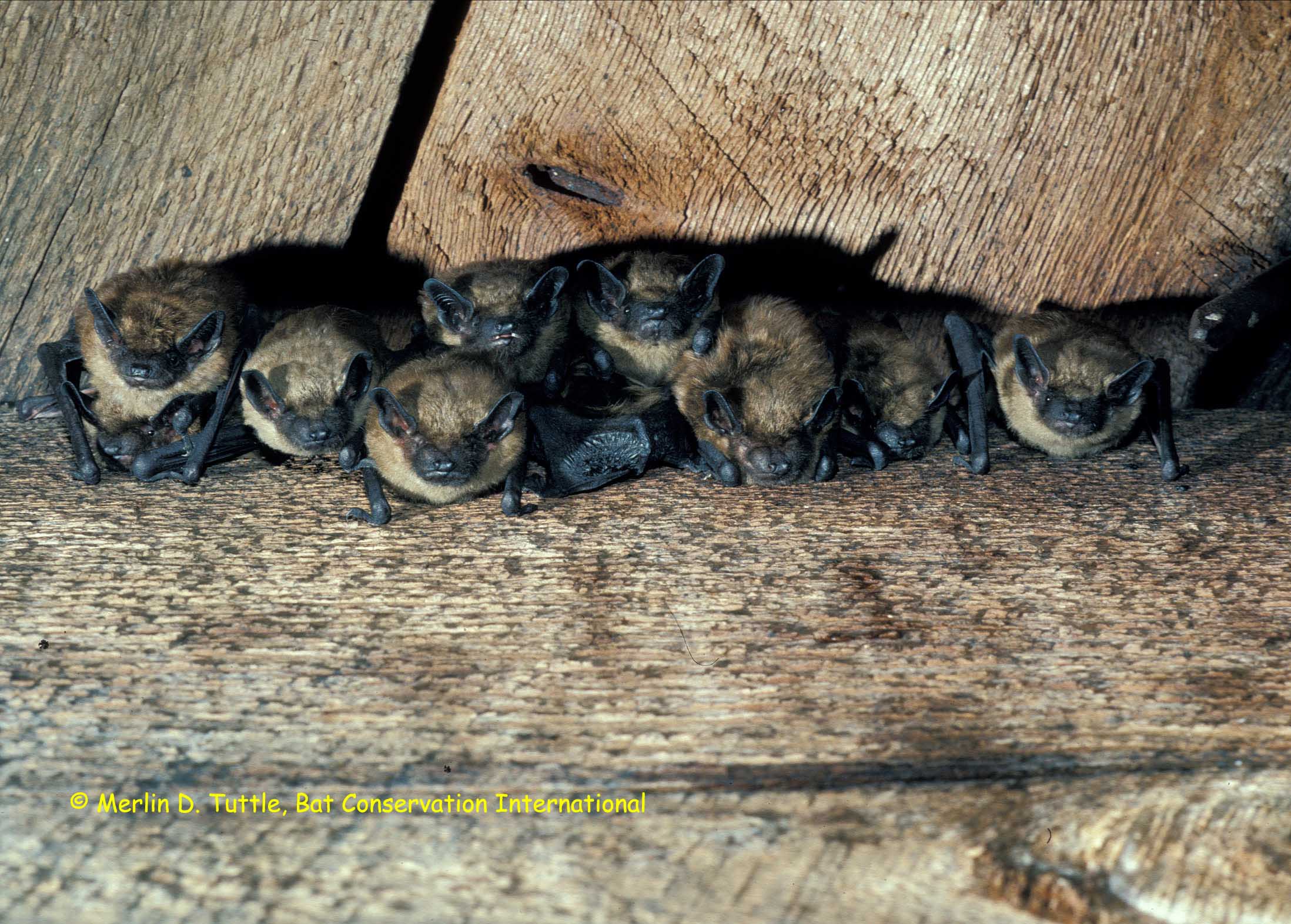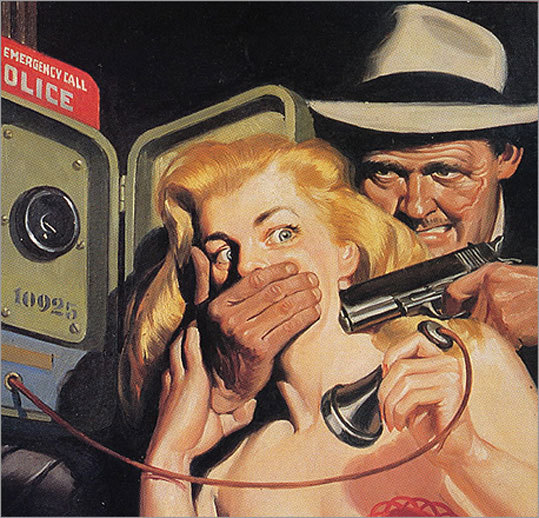
Of course he has a soft side too…




Of course he has a soft side too…




Annie Liebowitz version of Miley Cyrus.
Quite nice if you ask me. Not so much over the top. A major compliment!
vvvvvvvvvvvvvvvvvvvvvvvvvvvvvvvvvvvvvvvvvvvvvvvvvvvvvvvvvvvvvvvvvvvvvvvvvvvvvvvvvvvv
KENTUCKY DERBY: 5:00 PM SATURDAY – MAY 3
Look for lumbering power horse to sweep to victory. He won by 5 lengths in the Florida Derby and is an
unbeaten 3-0. In Florida he led most of the race, which is unusual. He also started on the outside, which is
usually considered bad news. His team in a daring scheme, posts him at 20 in the derby. His boastful and
confident trainer believes that it will not matter. (No horse has won from that post in almost a century.)
Rain and mud are forecast which almost always goes to a horse suited for it. It will be a very compelling race
to see.
 (5 lengths in the Florida Derby)
(5 lengths in the Florida Derby)
xxxxxxxxxxxxxxxxxxxxxxxxxxxxxxxxxxxxxxxxxxxxxxxxxxxxxxxxxxxxxxxxxxxxxxxxxxxxxxxxxxxxxxxxxxxxxx
Bats are a quickly disappearing group of species.



Som ett bevis på att det kommer en sommar har säsongens prylar för vattensport börjat dyka upp. C-Quester är en serie personliga U-båtar från holländska U-BoatWorx.
Med en sådan här kan du gå ned till 50 meters djup i trivsamma 4 knops hastighet. C-Quester finns i storlekarna 9- respektive 11 fot. Den större rymmer två passagerare.
Pris från cirka 900 000 kronor inklusive lackering i önskad färg. Tänk på att sikten i de flesta svenska sjöar är urusel. Extraljus påbjudes. Dyk sakta i sommar!
DOES ANYBODY HAVE ANY IDEA ABOUT THIS? ALSO, I DON’T SPEAK THE LANGUAGE. I looked this up under Google pics to find it. Unfortunately, the only view I came across was with the foreign language script.
]]]]]]]]]]]]]]]]]]]]]]]]]]]]]]]]]]]]]]]]]]]]]]]]]]]]]]]]]]]]]]]]]]]]]]]]]]]]]]]]]]]]]]]]]]]]]]]]]]]]]]]]]]]]]]]]]]]]]]]]]]]]]]]]]]]]]]]]]]]]]]]]]]]]]]]]]]]]]]]]]]]]]]]]]]]]]]]]]]]]]]
[added]

Fierce as the winter’s tempest
Cold as the smoth’ring snow
On grind the mills of Avarice
High rides the cruel-eyed foe….
Where is the hand of mercy
Where is the kindly face,
Where in this heedless slaughter
Find we the promised place?
Sweated, despised and hearthless,
Scorned ‘neath the banker’s boot,
We freeze by there frost-bound windows–
As the fondle their blood-bought loot–
Love never spared a sinner,
Hate never cured a saint,
Soon is the night of reckoning,
Then let no heart be faint,
Teach us to fly from shelter
Teach us to love the cold,
Life’s for the free and the fearless–
Death’s for the bought and sold!
————————————–
Happy Sadie Hawkins Day! More later. Take care.
 |  |  | |
| Sadie Hawkins Day |
The Kraken
|


Books by Ralph Nader | ||||||
| Cutting Corporate Welfare - 2000 – 148 pages Vanishing Air : The Ralph Nader Study Group … - 1970 – 348 pages The Closed Enterprise System : Ralph Nader’s … - 1972 – 527 pages books.google.com – More book results » | ||||||
| Columns and other commentary from public interest activist and corporate critic Ralph Nader. www.nader.org/ – 48k – Cached – Similar pages |
| In the Public Interest is a weekly column by Ralph Nader that runs in newspapers around the United States. Recent columns:. Open Letter to George W. Bush … www.nader.org/public_interest.html – 33k – Cached – Similar pages More results from www.nader.org » |
BASEBALL HALL OF FAME ADMITS A DESERVING GOOSE GOSSAGE
SELFISH BASEBALL HALL OF FAME, LEAVES OUT JIM RICE AND DESERVING DETROIT TIGERS…
one more year for outstanding player Jim Rice. My take: If they wouldn’t consider him this year, he’ll not get in. (Make a new HALL)
(will add heartsinking comment of the New England Patriots loss to the NY Giants) take care

Hope this prints and hope it’s okay with Anth0nyc. It’s from his site. Extraordinary isn’t it?
*On a sad note, I am burdened to say that we have lost a great Xanga presence and friend. Tooty has passed away. Tooty was always upbeat and positive. Matters of faith (the good kind), patriotism, enjoyment of holidays and special occasions along with simplicity, were her trademarks. Roberta, your mark has been left. take care friend! What a lovely person.
Steve Almond is a fiction writer and essayist who lives in Arlington. His new essay collection is “(Not that You Asked).” He can be reached at sbalmond@earthlink.net.![]()
 During the genre’s heyday, in the ’20s and ’30s, pulps sold up to a million copies per issue, and there were dozens of magazines on the racks.
During the genre’s heyday, in the ’20s and ’30s, pulps sold up to a million copies per issue, and there were dozens of magazines on the racks. Pulp fiction – the racy tales of crime that captivated Americans between the World Wars – re-entered the cultural lexicon more than a decade ago as the title of a 1994 film by Quentin Tarantino. The film was a celebration of wisecracking killers, casual violence, nostalgic rock music, and, above all, hip irony; now, thanks to Tarantino, the term has become a kind of shorthand for unabashedly lurid storytelling. A few years ago, the Pulitzer Prize-winning novelist Michael Chabon indulged his passion for pulp by editing an anthology of adventure stories – heavy on the crime and sci-fi – by some of today’s most respected writers.
The culture has also rediscovered pulp itself, celebrating the tough-guy narratives of Dashiell Hammett and Raymond Chandler. Witness the newly released “Black Lizard Big Book of Pulps”, a 1,000-page compendium of stories and novels drawn directly from the source material: the crime magazines that derived their name from the inexpensive woodpulp paper on which they were printed.
Hipsters beware: real pulp fiction is not a brilliant exercise in irony. Most of the stories – even the ones written by masters of the form such as Hammett and Chandler – are plot-driven and formulaic, with a predictable cast of characters and a black-and-white moral universe.
Despite its shortcomings – or maybe because of them – the pulp form has proved remarkably resilient. Pulp stories may not offer a great literary experience, but reading them now makes clear that they offer something even more captivating: a roadmap to our modern culture.
In the pulps, the powerful were corrupt, the villainous sought to harm the innocent, the governing authorities were often incompetent, and it was up to an intrepid individual to save the day. Readers knew what they were going to get each time they opened a pulp: a dangerous diversion with a dependable sense of moral closure. The good guys always won.
Pulps themselves may have vanished. But the underlying aesthetic of pulp, the moral assumptions they introduced and popularized, have endured. Those assumptions are not just shaping much of our popular culture: today, they are dictating how we understand our world.
. . .
The history of crime fiction predates the pulps, of course. Nearly a century earlier, Edgar Allan Poe – America’s first great crime writer – was cranking out classics such as “The Murders in the Rue Morgue” (1841) and “The Purloined Letter” (1844). Some of our most ancient stories – the ones from the Old Testament – are essentially crime stories. (See: Cain versus Abel; David versus Absalom.)
But pulp authors, along with the publishers of magazines such as Black Mask and Amazing Stories, crystallized the formula and began to produce these stories in a form and quantity that allowed them to become mass entertainment. Along with radio serials and movies, they became an integral part of what we now think of as pop culture, the common narratives that in many ways bind us as Americans.Continued…
They invariably deal with an act of mayhem (a murder or kidnapping) which brings together a range of familiar characters: the tough-talking detective, the dewy-eyed moll, the shady villain. There may be twists and turns along the way, but nearly every story ends with the crime solved and order restored. The pulps inherently reject the drama of emotional exploration on behalf of bristling action.
They were blatantly voyeuristic, but their treatment of violence was stylized enough that readers never had to feel guilty about rubbernecking. It was just a story.
During the genre’s heyday, in the ’20s and ’30s, pulps sold up to a million copies per issue, and there were dozens of magazines on the racks. The paper shortages incurred by the Second World War put a major dent in pulp production. But the final culprit was the post-war economic boom. Americans no longer needed 10-cent distractions. Increasingly, they turned to new forms: comic books, paperback novels, or television.
But we never abandoned our allegience to pulp conventions. The format just changed. TV has most clearly assumed the mantle of pulp: Increasingly, its primetime lineup seems lifted directly from the pulps. “Law & Order,” “CSI,” and their wildly successful spinoffs and imitators all follow the same pulp formula: a dead body is discovered and a maverick investigator – a crime scene specialist, a coroner, a prosecutor, a psychic – must work around the prevailing authorities to solve the murder.
Or consider the odd case of “Dexter.” For those who have not seen the hit Showtime drama, it stars a socially awkward bloodstain pattern analyst who solves crimes by day and commits his own vigilante murders by night. “Dexter” is an unholy fusion of both the pulp detective and the villain. He commits crimes, yes, but always in the interest of punishing evildoers. Think of him as Sam Spade, reborn as a serial killer with a heart of gold.
All these shows offer the same emotional dividend as the pulps: a thrilling temporary immersion in the world of iniquity, followed by a satisfying resolution. We get the thrill of a corpse without any real remorse; the good guys still always win.
That’s all fine and well when we’re just talking about TV shows. But what happens when our media coverage, which purports to present us a picture of reality, instead indulges in the tropes of pulp?
The answer is apparent from any local news broadcast, which show us a fallen world recognizable from the pulps, full of sin and spectacular murders. Rather than confronting viewers or readers with complex issues of policy, media outlets rubberneck at extreme weather events and celebrity scandals. Rather than offer up a fresh picture of our world, pulp news serves merely as a confirmation of what we already knew.
If anything, modern news coverage has outstripped the pulps. At the time they were published, after all, the pulps were considered déclassé for their representations of mayhem and sexual titillation. By today’s standards, they seem positively chaste. That’s what happens when Paris Hilton is your national moll.
. . .
The influence of pulp fiction has even overtaken the White House. Consider the case of former President Bill Clinton and his famously frisky intern, Monica Lewinsky. For more a year, the story of their Oval Office dalliance dominated the headlines and consumed the nation’s imagination. Why?
Because it was a story we already knew – a classic pulp fiction. Clinton was the corrupt bigwig who thought himself above the law. Lewinsky was the naive moll. Cast in the role of the crusading detective was the independent counsel, Kenneth Starr. And cast in the role of eager readers were we, the American people. Such was our lust for the story that we happily disregarded the fact that the affair had nothing to do with the governance of our country.
Or consider the attacks of September 11, 2001. Pulp fiction had nothing to do with these events, obviously. But the national response to 9/11 revealed our devotion to the archetypes of pulp. President George W. Bush, playing the pulp hero, stood atop the rubble and vowed revenge against the evildoers. And Americans overwhelmingly supported his wars against Afghanistan and Iraq. (The latter’s links to the 9/11 terrorists were dubious, but political hawks had a picture-perfect pulp villain in Saddam Hussein, right down to the sinister mustache.)
Americans even went so far as to assume that Iraqis and Afghanis would share our world view. We were the good guys, come to liberate them from rogues in their midst. And so it came as a rude shock to all of us – our soldiers most tragically – when the natives refused to regard our invasions as heroic, and launched insurgencies against us. If anything, the atrocities at Abu Ghraib and Haditha have cast American might in a more troubling light: our soldiers seem less like noble crusaders and more like, well, the bad guys.
This is the prevailing danger, of course, in applying the tropes of pulp fiction to the real world. The ultimate allure of the pulps resided in their ability to distract readers from the moral complexities and disappointments of the real world. They offered a thrilling ride, a happy ending, a false cure.
Our leaders are still peddling us pulp fictions today, but we needn’t buy them. We can choose instead to confront the complex crises that imperil our nation and species. But this will depend on our ability to reject, once and for all, the seductive myths of pulp.
Steve Almond is a fiction writer and essayist who lives in Arlington. His new essay collection is “(Not that You Asked).” He can be reached at sbalmond@earthlink.net.![]()
Recent Comments